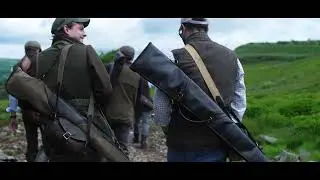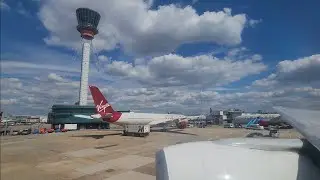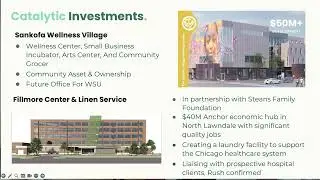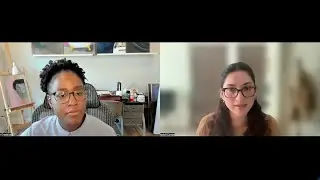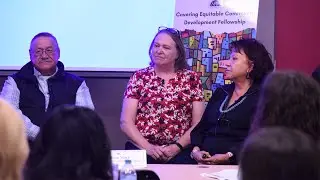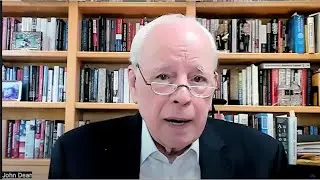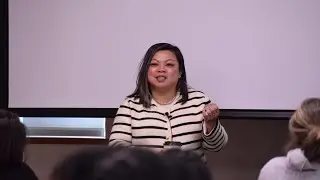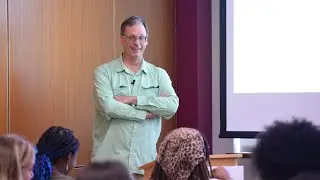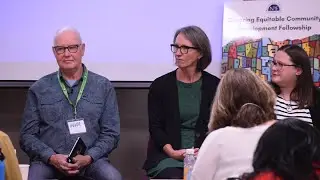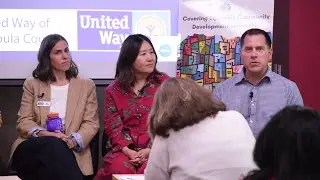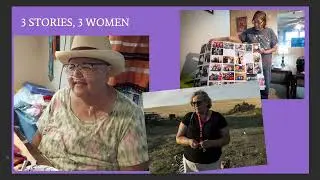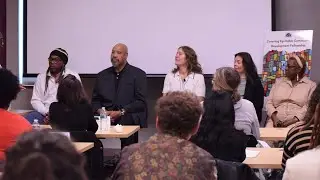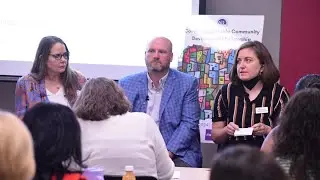Investigative Reporting, By and For the Community
Investigative Reporting Hits Deeper When Journalists of Color Take the Lead. Executive Editor Damaso Reyes launched an investigative reporting unit at the New York Amsterdam News--one of America’s oldest Black-owned newspapers.
by Rachel Jones, National Press Foundation
Damaso Reyes began his journalism career at the New York Amsterdam News in 1996, while he was still in high school. By the time he approached the publisher of that same publication—one of the oldest Black-owned newspapers in America—about forming an investigative unit, Reyes was its Executive Editor. He had traveled the world as a freelancer producing content for a broad range of outlets, and he wanted the New York Amsterdam News to add depth to its communities of color coverage.
“We’re trying to redefine the idea of both who can do investigative journalism, but also what investigative journalism looks like,” said Reyes, who spoke during the National Press Foundation’s 2024 virtual Widening the Pipeline training. “And I think for a long time we felt excluded because investigative journalism was defined in a very particular, I would say relatively narrow way. But for us it’s really having the opportunity to dive deep on issues that our community cares about.”
It’s already well-documented that American newsrooms are not as diverse as they need to be, Reyes said. So, when it comes to producing deep-dive, contextual reporting, “Who gets those opportunities? Who gets the fellowships? Who gets the training? Who gets the recruitment into those units? “Generally, it’s going to be people from the newsrooms themselves, and the newsrooms are not as diverse as they need to be,” he said.
Reyes took a bold risk in proposing an investigative unit at the weekly paper because profit and revenue drive most of the decisions in media today. “For a long time, we’ve been taught there has to be this firewall between money and the people who make the news. Well, I’m here to tell you that unfortunately, journalists can no longer work in a vacuum where you don’t think about money. That’s just the way it is.”
But he convinced his publisher that his idea could work. “One of the main motivators behind founding Blacklight is this idea that we should have this capacity within our newsroom, within a newsroom of color, rather than having to depend upon places like ProPublica and The New York Times to do stories about us, usually by journalists who are not from our communities. I wanted to create a resource within our community to do stories about our community.”
Still, the numbers had to make sense. “I had to present kind of a business plan of here’s how I think we can fund this. Here’s how I think this will sustain itself, as well as bring money into the newsroom. So, I laid out a plan to do that and I found the funding for it. And fortunately, I had a really good and long relationship with my publisher.”
Reyes admits that he spends far more time fundraising and networking to sustain the investigative unit, but it has paid off. Reyes said that through capacity building and training—and by relying on the paper’s extensive historical archives—his small staff can produce impressive content.
“We produced our first documentary film last year, and to be able to have that capacity to produce a documentary short film about, in this case, a violence interrupter working in Harlem to reduce gun violence in his community after being a perpetrator of gun violence in his community, is a really powerful thing,” Reyes said.
Speaker: Damaso Reyes, Executive and Investigations Editor, New York Amsterdam News
Transcript, summary and resources: https://nationalpress.org/topic/damas...
The Widening the Pipeline Fellowship is sponsored by the Evelyn Y. Davis Foundation and Lenovo. NPF is solely responsible for the content.




![[VAC Undetected] TF2 Aimbot - Project Darkstorm [13/08/2012]](https://images.videosashka.com/watch/5mbVwZdgzPY)
